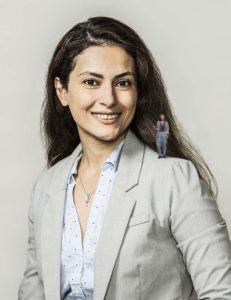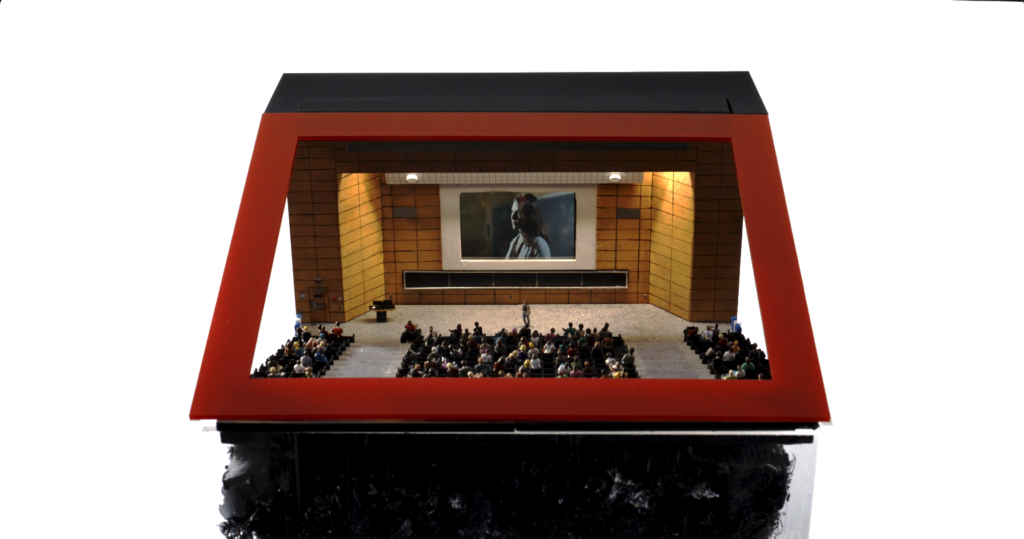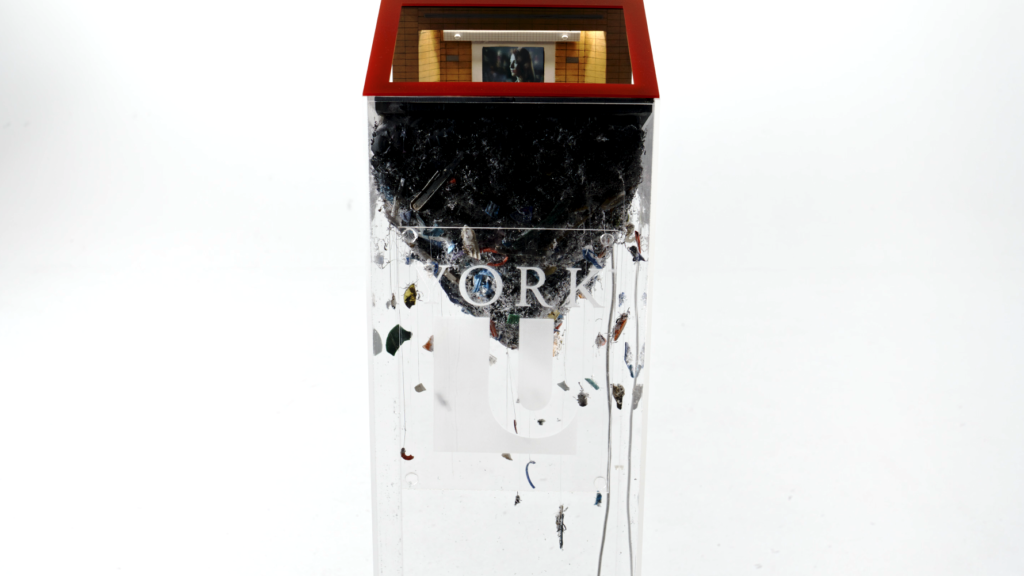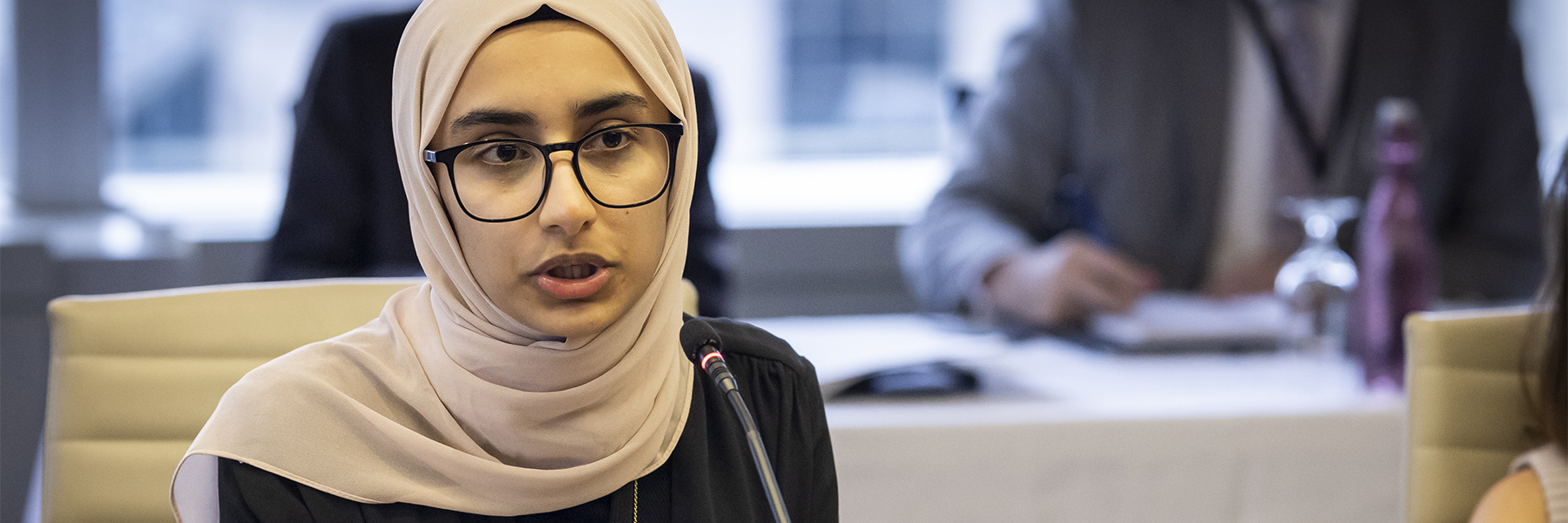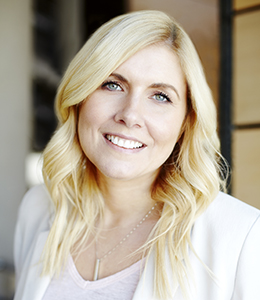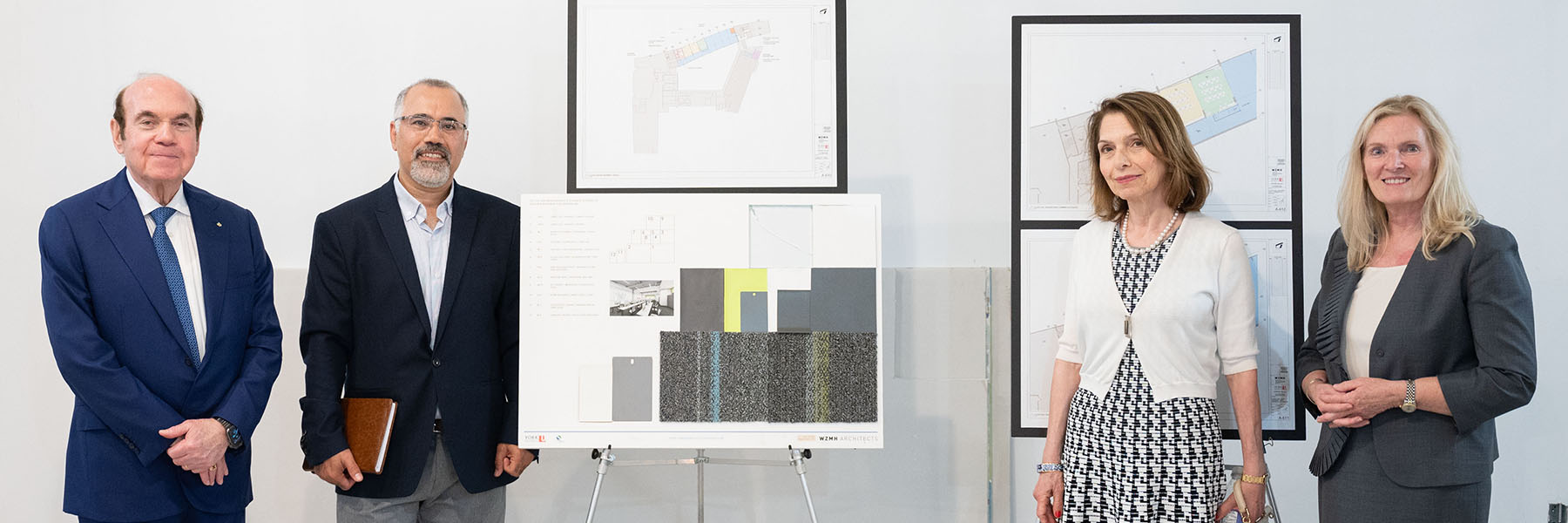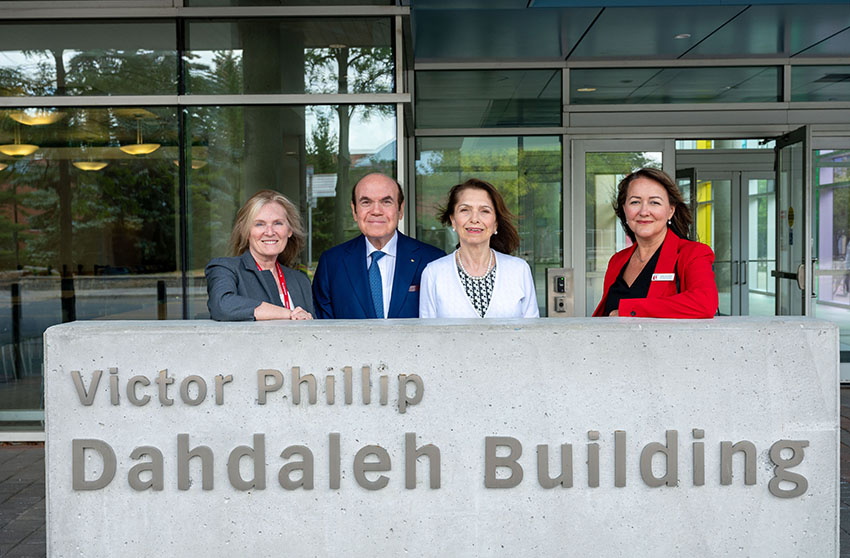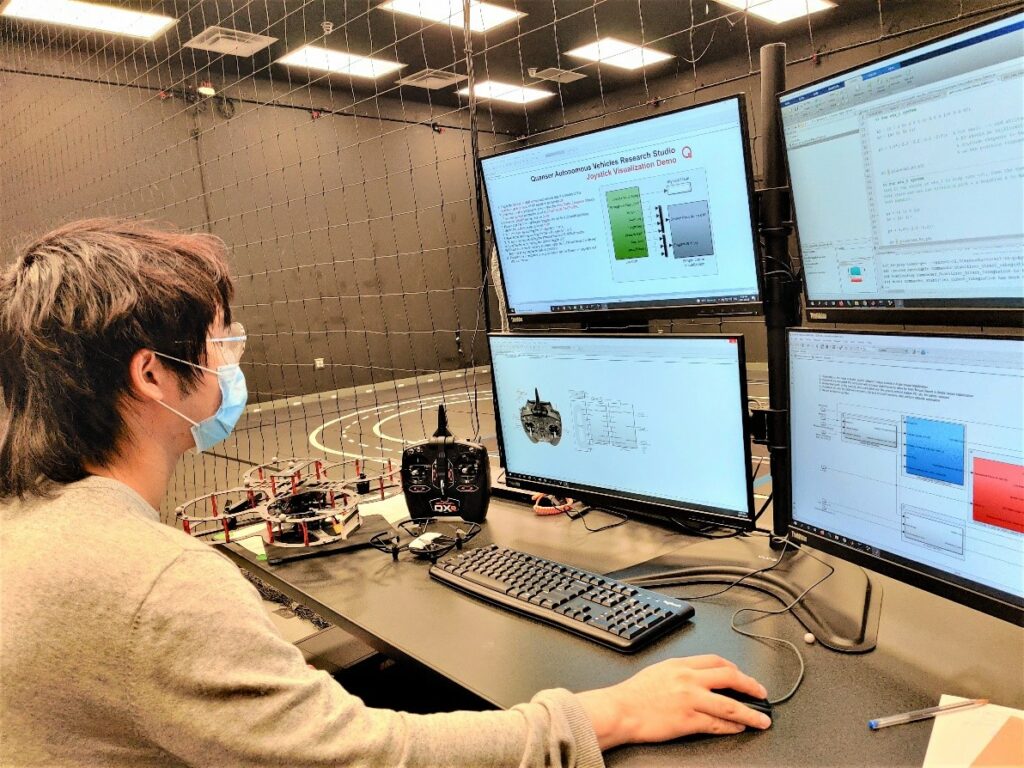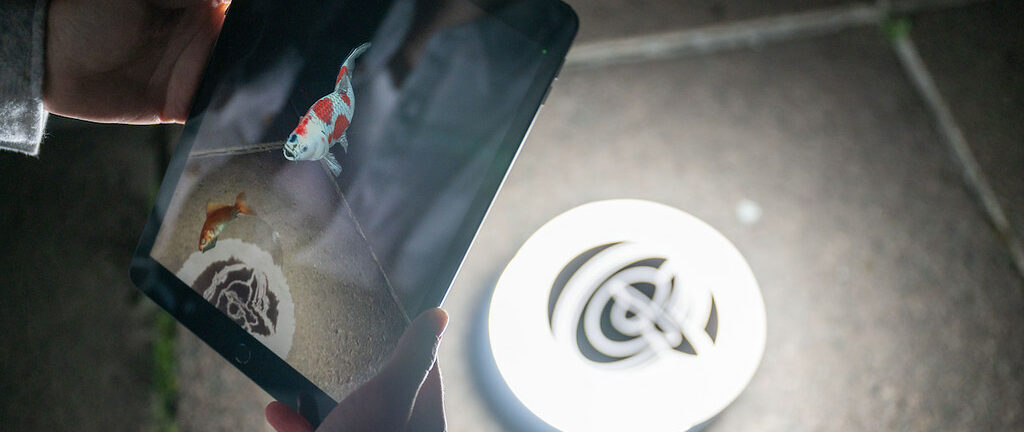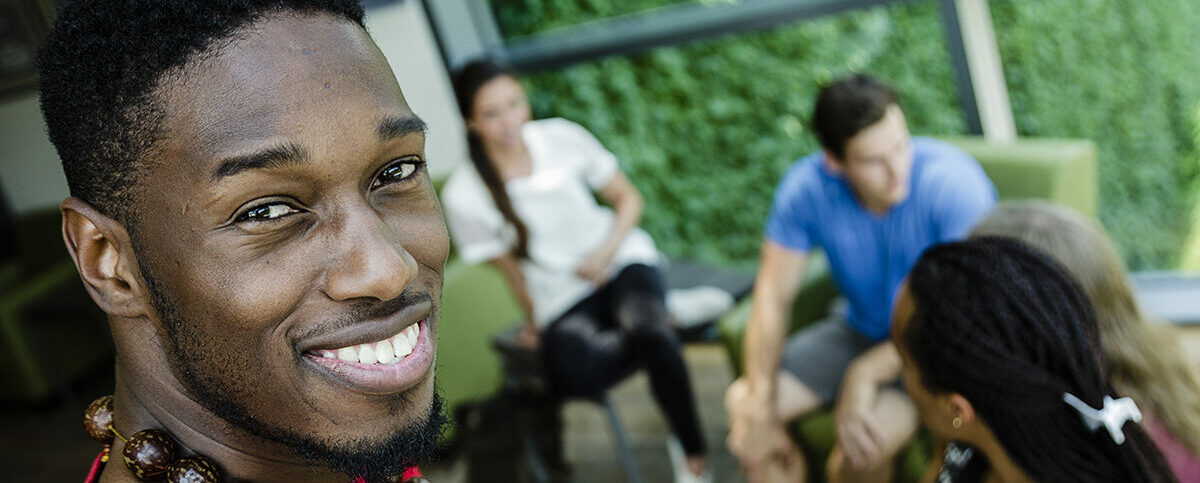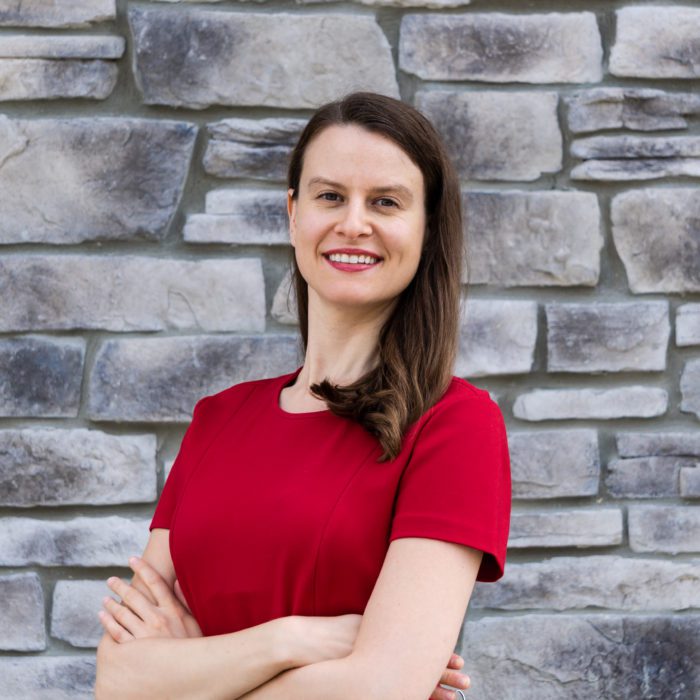By Elaine Smith
York design Professor Shital Desai combines her expertise in robotics with product design to create innovative solutions that are both inclusive and inspired.
Shital Desai combines her industry experience in robotics engineering and interactive product design to develop solutions and interventions for the aging population.
Desai, an assistant professor of interaction design in York University’s School of the Arts, Management, Performance and Design (AMPD), in the Department of Design, is the principal investigator for AMPD’s Social and Technological Systems Lab (SaTS). The lab’s research projects focus on addressing the United Nations Sustainable Development Goals (Un SDGs) 3 and 4, pertaining to good health and well-being and quality education.
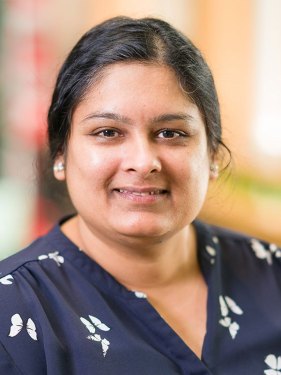
“I specifically try to come up with design solutions after understanding the systemic challenges people face,” says Desai. “If you just design services and technology for people without understanding their needs and abilities, most of them, including able-bodied people, find them difficult to use.”
She uses the Global Positioning System (GPS) as an example; people often find the prompts and instructions from the GPS insufficient and difficult, some ending up using more than one GPS at the same time.
“Older adults can and want to use modern technologies, contrary to the belief that the aging related disabilities prevent them from using them. The technologies are just not properly designed by the designers and developers.” says Desai.
She is also a strong proponent of inclusive design, but says we need appropriate methods to generate systemic outcomes.
“My research and design process is participatory in nature – people and system centred. We need to involve all the stakeholders in the design process right from the start.”
People, especially marginalized groups, usually are not comfortable expressing negative experiences, so conventional research methods could fail to generate effective solutions.
“A lot of my research involves people co-designing interventions. I become a facilitator and the stakeholders become the designers. It changes the power balance between the research and the stakeholders (users).”
She and her research team are exploring technologies that can prompt people with dementia to complete an activity as they do their everyday tasks.
“We want the prompts to happen only when they are needed; the technology must be able to sense when someone has lost track of an activity and be able to prompt them in the way they understand, whether that is audibly or visually,” Desai says. “People also do everyday activities in a very personal way; they may have a special tea cup they use, for example, so how do we incorporate personalization into design? To do so, we are now studying the rituals and habituation in people with dementia.
“Our primary objective is to allow people to age in place and delay the transition to long-term care. We want older adults to have a good quality of life (QoL) but what does that mean for the aging population? We don’t know that yet because the QoL criteria have been developed by clinicians and health-care practitioners.”
Global health issues are also part of the SaTS research agenda. Desai and her team are collaborating with York global health researchers to understand governance and policy issues pertaining to wild life markets.
“My lab will be running a co-design workshop with policy-makers to identify services and policy interventions to tackle systemic barriers that people associated with the wild markets face,” says Desai. “We want to create a journey map for the stakeholders and understand their challenges in their journey so that we can come up with appropriate design ideas. We want to see where changes in human behaviour and policy are required. Now and in the future?
Whether Desai and her team are focusing on issues at home or abroad, people and systems are central to the design process.




